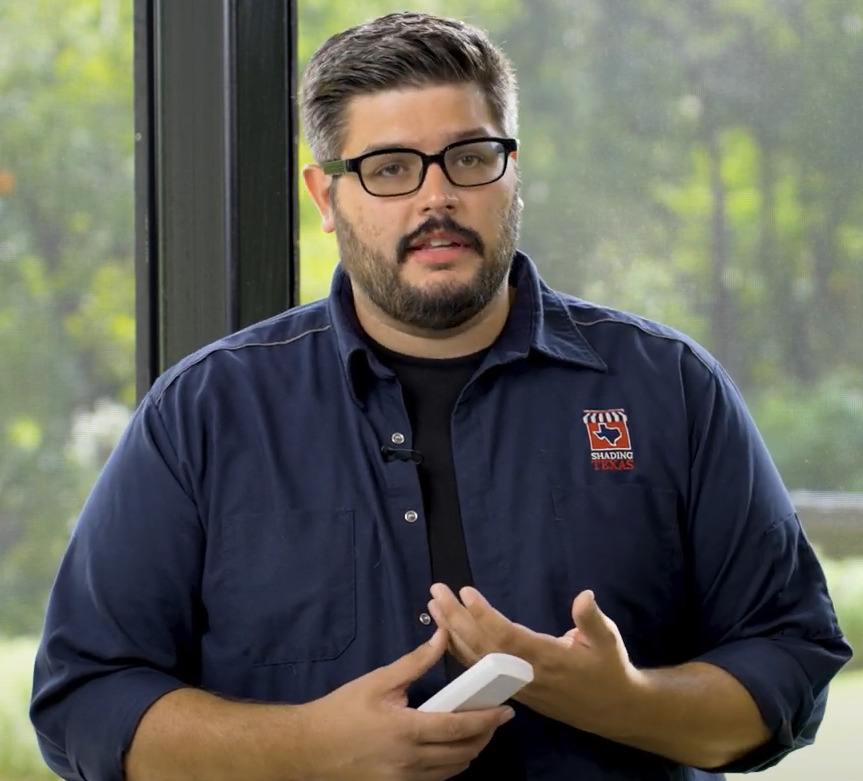
Installing an awning on your home or recreational vehicle is an excellent way to provide shade and protection from the elements. You may even use it to keep water and moisture away. But most awnings aren’t designed to withstand a heavy volume of liquid from a significant weather event. And prolonged exposure to rain or snow can eventually damage your awning and shorten its lifespan. Although most awnings consist of water-resistant or waterproof materials, they’re not intended for use in anything more than light rain or drizzle. If you leave your awning up throughout the year, you’re increasing its exposure to elements and elevating the risk of major damage.
Water Pooling on Awning
Water pooling is a common problem resulting from leaving an awning open when it rains or snows. The moisture can cause the awning fabric to stretch and allow puddles to form, resulting in weakening. The added weight could ultimately cause the awning to collapse, creating a potentially dangerous situation if you happen to be standing or sitting under it. To prevent water from pooling on your awning, keep the pitch at a minimum of 14 degrees. This angle allows rainwater to run off instead of accumulating on the surface. And never keep it open during a heavy snowfall.
Mold and Rust Damage
Mold and mildew are also forms of awning water damage. These don’t grow on awning fabric — instead, they accumulate on dirt and dust that gathers on top of it. Exposure to a humid climate and direct sunlight can accelerate mold growth. A thorough cleaning, consisting of soaking the awning with a hose and applying a mildew remover, is the best way to get rid of mold. Rust formation is yet another way that rain damages awnings, especially in wetter climates. If you notice signs of rust, check the seams and frame to ensure the awning’s structural integrity is intact. If the damage isn’t severe, you may be able to repair it by washing the rusted areas with soap and water and repainting them. Applying a sealant coating once a year can prevent additional rust formation.
How to Avoid Water Damage on Your Awning
Other tips for protecting your awning and keeping it dry include:
- Don’t roll it up when wet: A rolled-up or retracted wet awning won’t dry thoroughly, leading to the growth of mold and mildew.
- Minimize weather exposure: While you won’t be able to keep your awning out of the rain entirely, be sure to limit its exposure to heavy rainfalls. Keep it rolled up or retracted throughout the winter to prevent snowfall damage.
- Choose fabrics wisely: Not all vinyl awnings offer the same level of water protection. Choose a material that provides maximum water resistance or waterproofing capabilities.
Contact Shading Texas for All Your Awning Needs
If it’s time to replace a water-damaged awning, Shading Texas offers an assortment of beautiful retractable awnings we can customize to fit any home. Contact us to learn more about our product selection today.

Matt Pierce has been working in the solar shade industry for over 15 years, providing sun protection in the extremes of Alaska and Texas. His dedicated team at Shading Texas will get your the sun solutions you need to enjoy your patios and homes for years to come by blocking out bugs, sun, wind, and rain!
